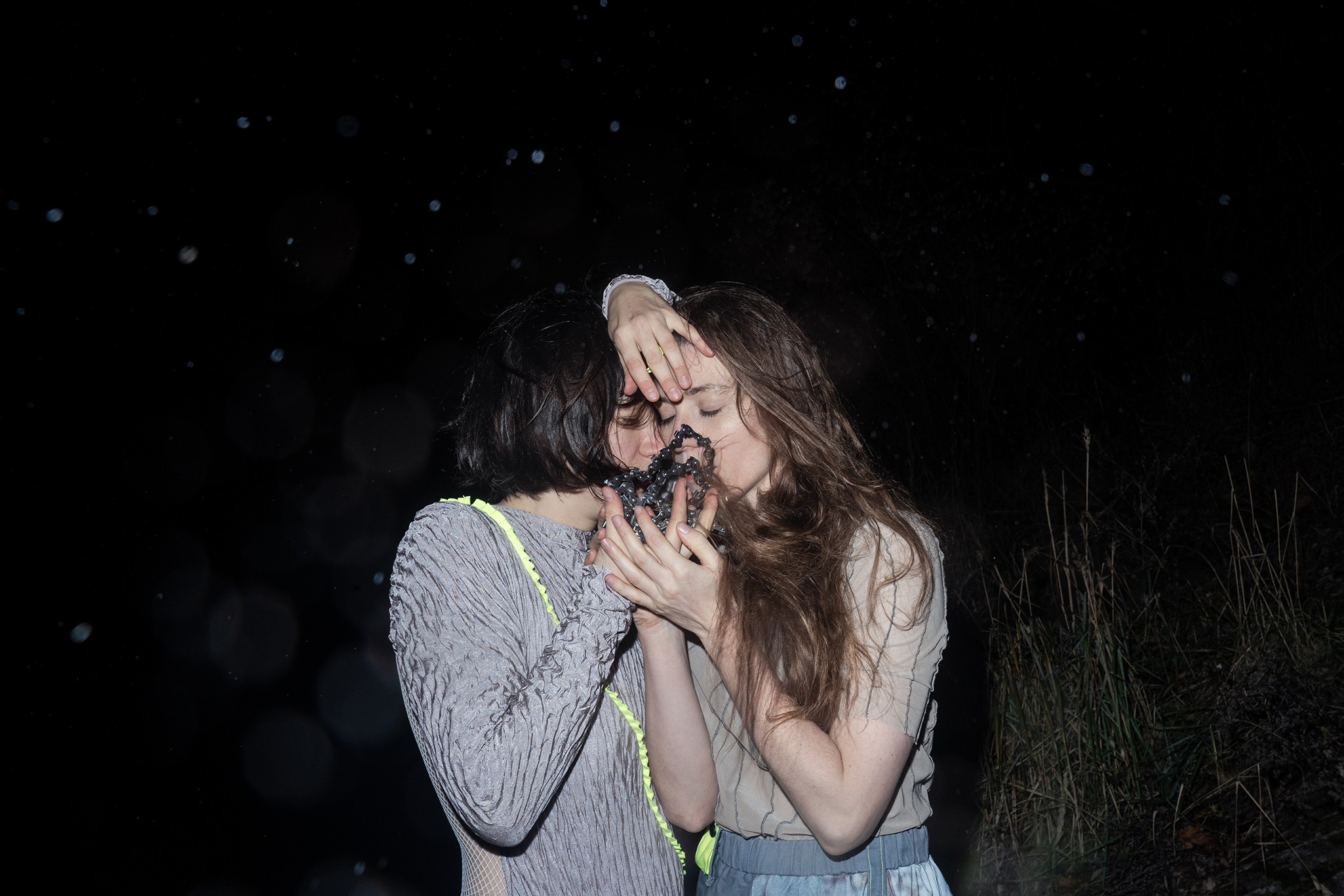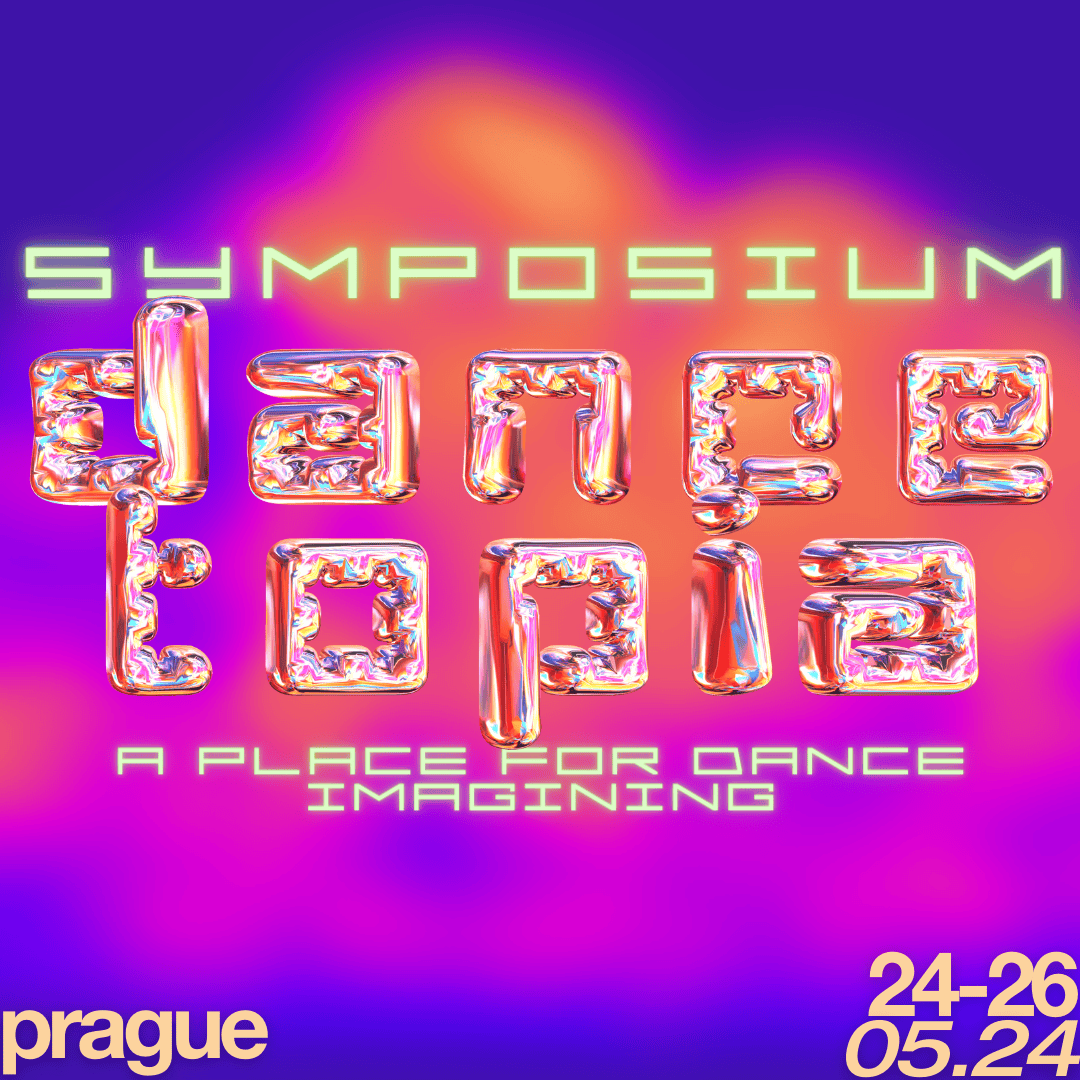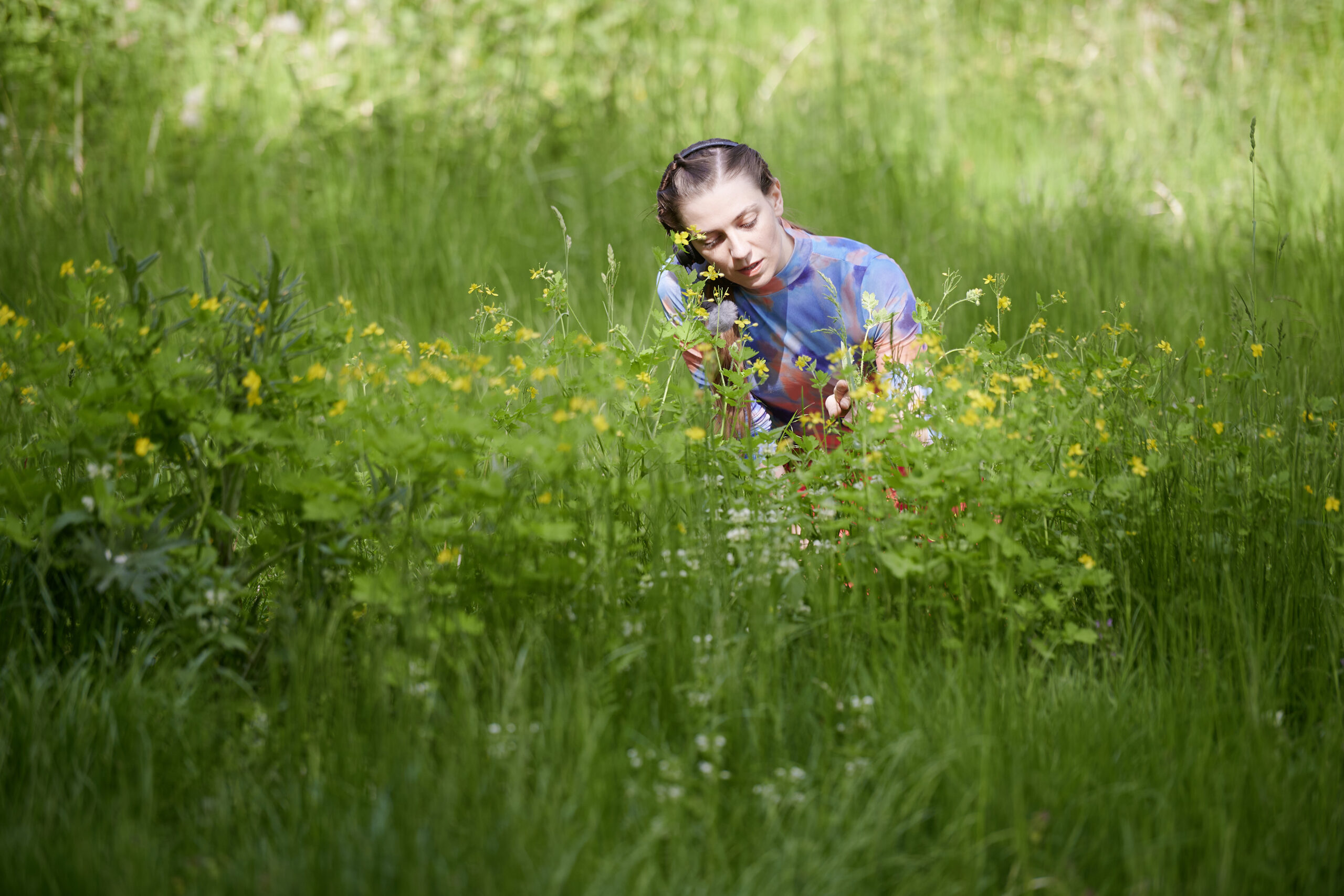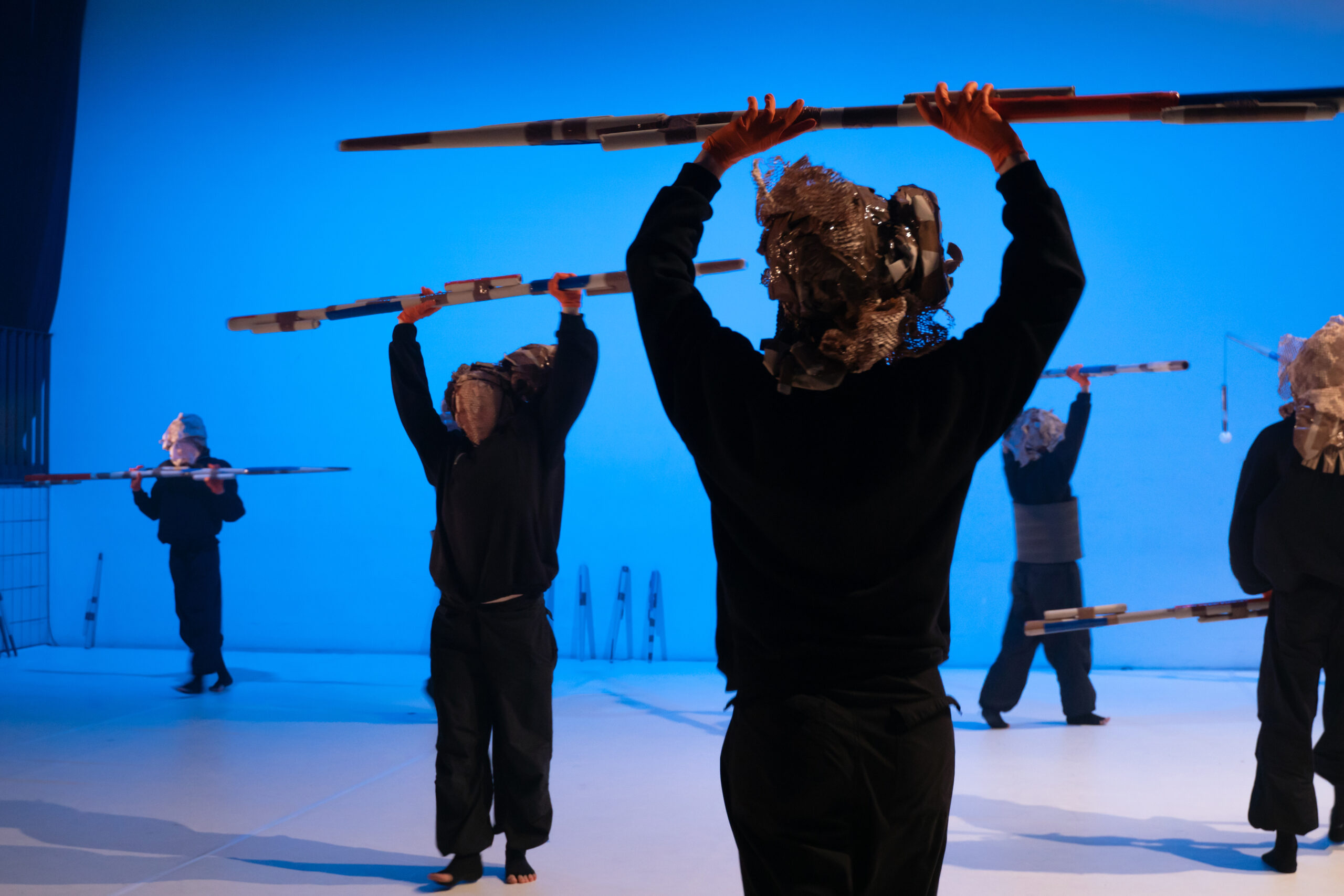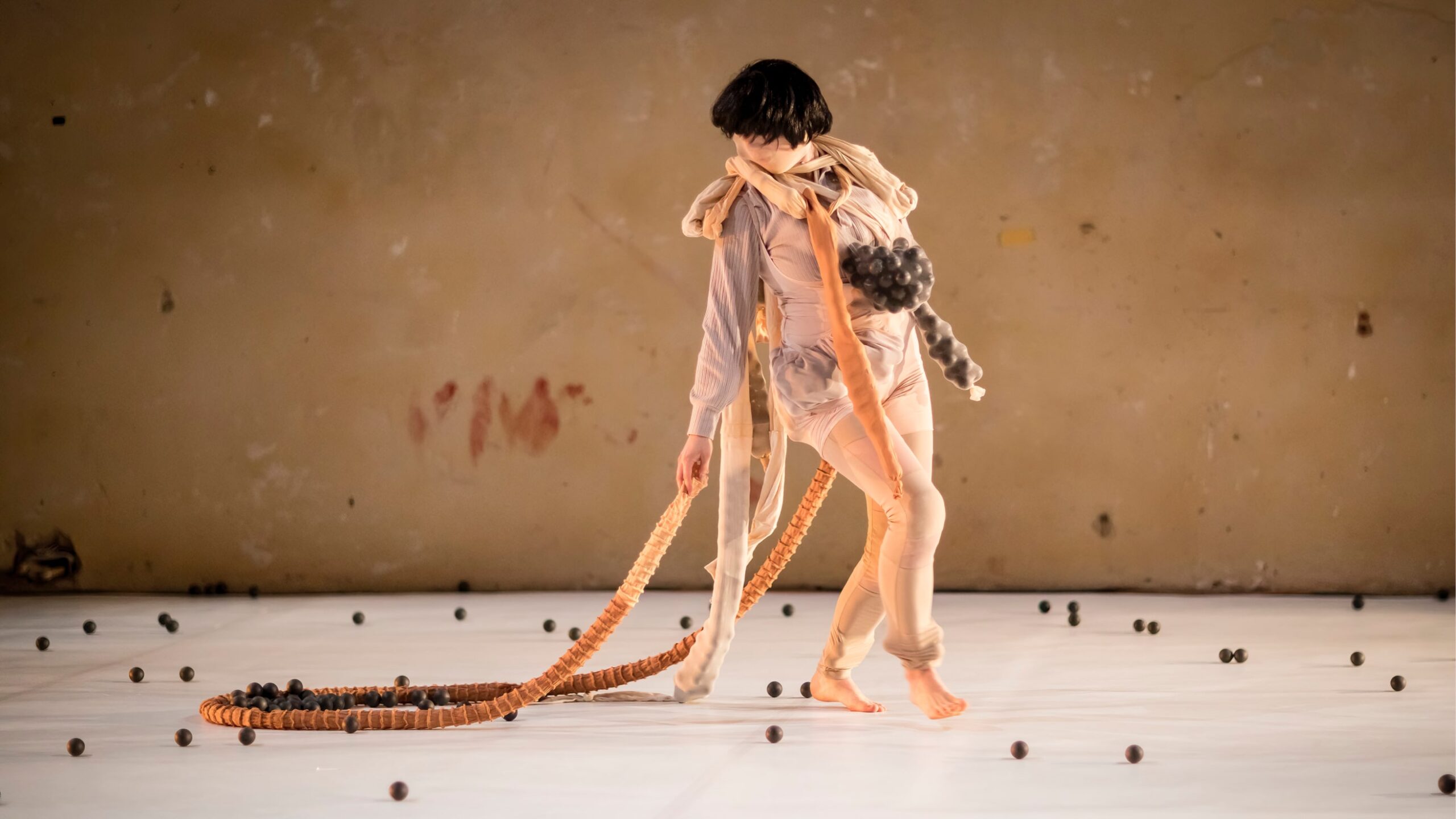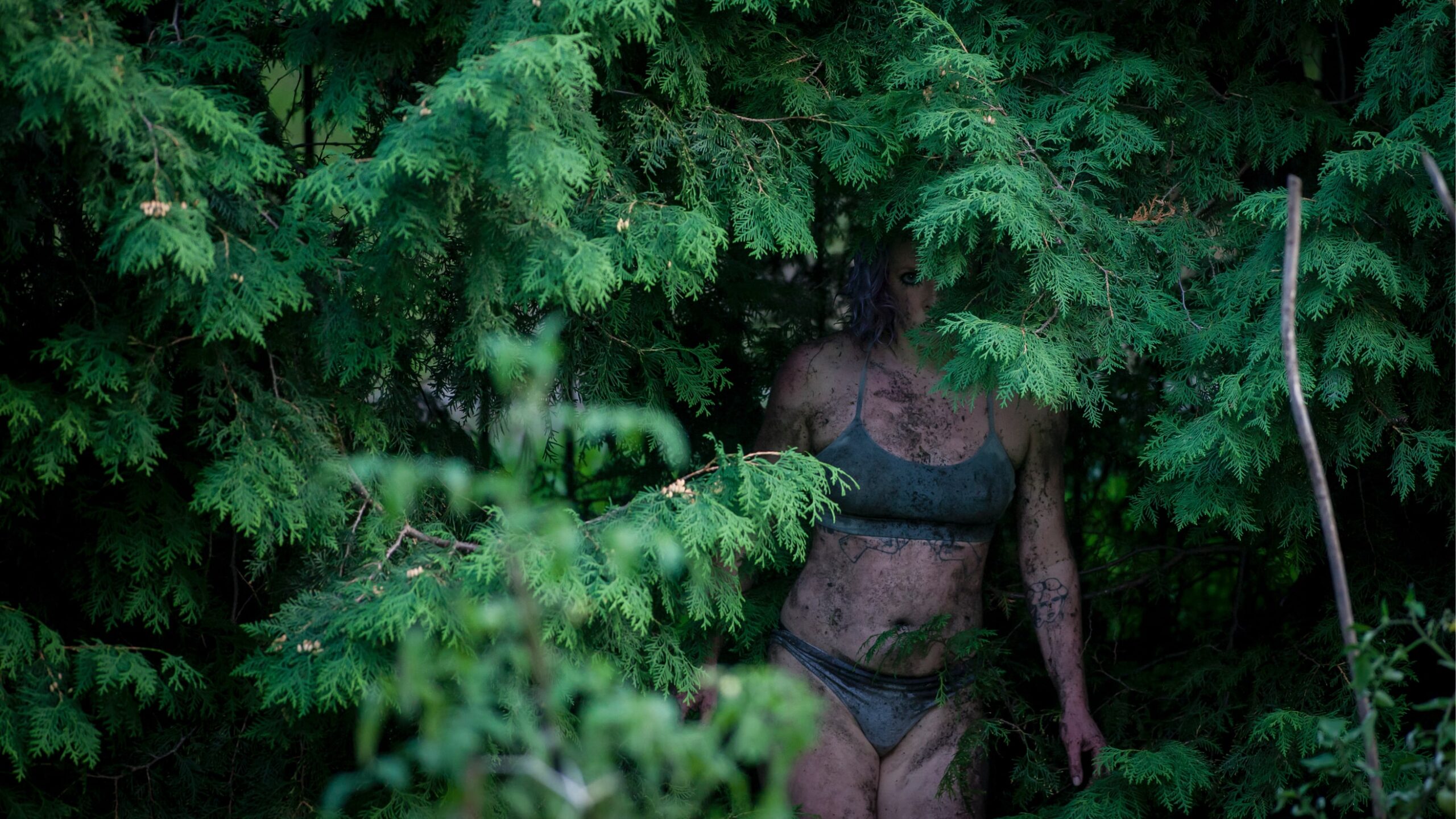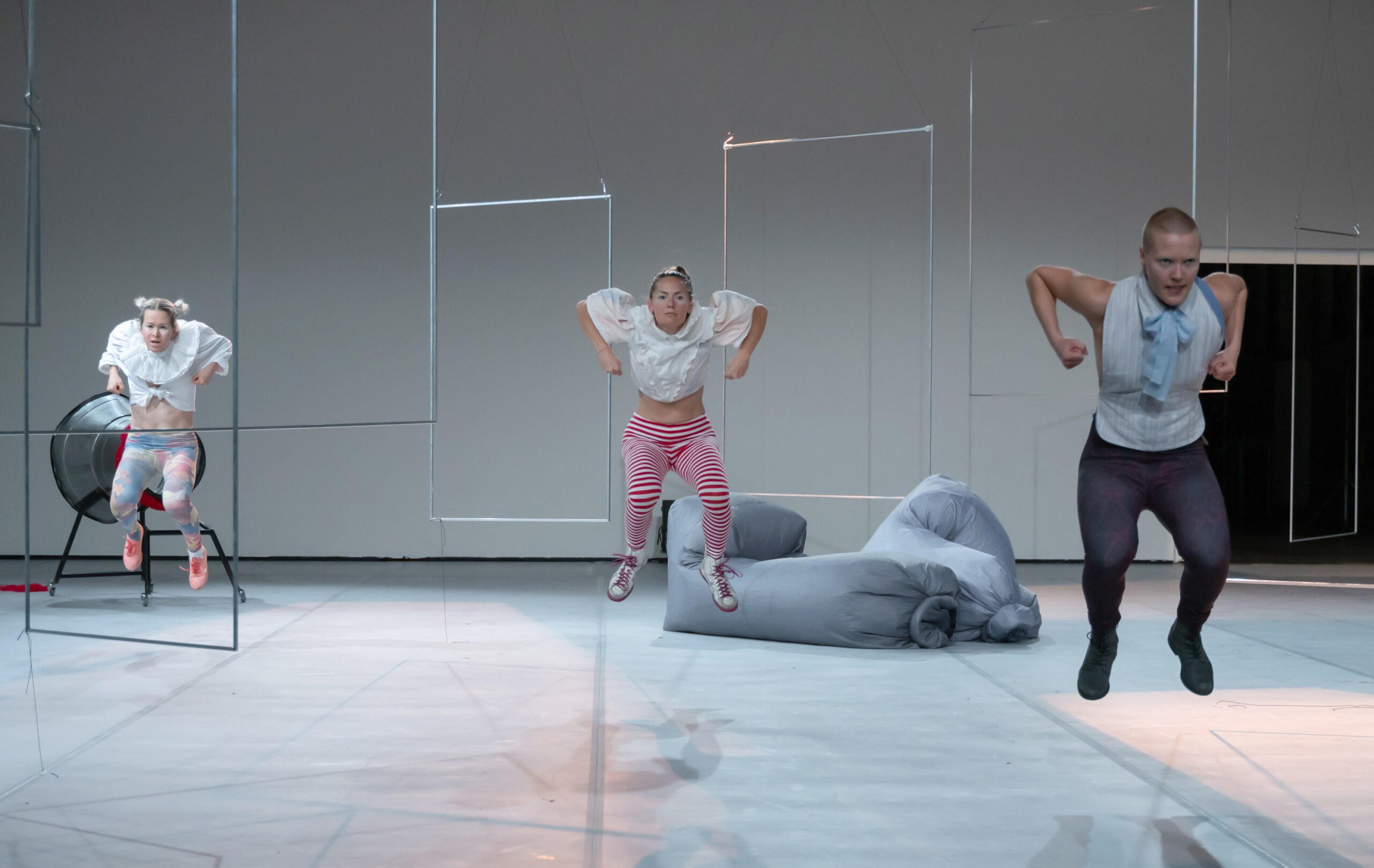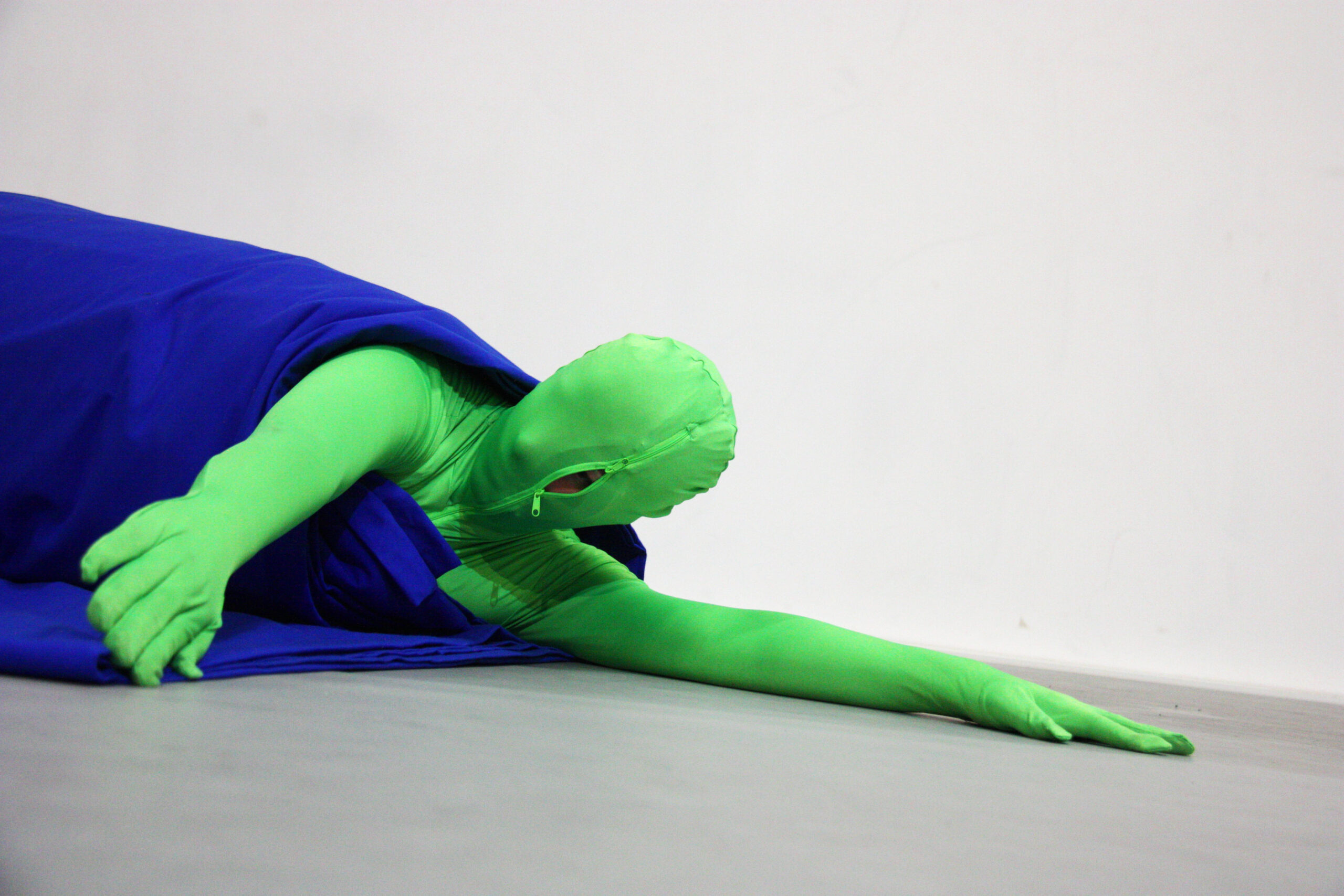media coverage
The walk concludes with the folk singing of all the performers kneeling on the lawn. The emotions reverberate long after the performance, which is truly an experience. Minar and Michalak were able to offer a completely new and imaginative reality, experiences and ideas during the course of the hour. A bonus is that, thanks to the setting of the performance in a busy part of the park, even passers-by who might not otherwise have encountered contemporary art were now and then present for a moment. Lush Blast is in all ways a very successful event. It would certainly be interesting to see how this work works in the environments of different parks or cities, how its message and meanings change with the place.
Clara Zanga
Critics
The formerly inanimate stone unravels and its three parts - the three performers - gain their autonomy. "Do you remember how you learned to walk?" one of the performers asks, trying to get us to take off our shoes and experience the journey to the fullest. Unlike a few brave souls, I won't do so because I'm wearing barefoot shoes, but I would otherwise consider the move. I will note, however, that suddenly the audience becomes more attentive, not only to the performers' walk, but to their own.
Petra Kupcová
Critics
The topics were inspired by the curators' interest in somatic approaches, how they change the body, and also by the desire to map out the environment and contexts of dance. The main guest experts were two internationally active choreographers and dancers with long-standing practice: Anne Juren and Maria Scaroni. Their three-hour sharing of practice already promised to be one of the highlights of the event and, in the context of the Czech professional dance scene, an unprecedented and enriching meeting.
In the context of the morning's practice sharing, the evening interventions I saw sparked more questions for me, for which I am grateful.
Zden Brungot Svíteková
Review
For the works presented at Dancetopia, it was characteristic that although they drew on methods from various therapeutic systems, they then approached them in a non-therapeutic or extra-therapeutic way. It was not uncommon for such works to create discomfort.
The ability to be influenced by others was often present at Dancetopia, and often, the events in relation to the interaction were even prioritized over visual perception.
Barbora Etlíková
Review
It was a place for meeting. A place for extraordinary conversations. A place for study. And for crossing boundaries in all conceivable – and scarcely conceivable – forms.
I should note that the curators of the project brilliantly succeeded in connecting the themes of Dancetopia with the practices of the invited experts, as well as with the interventions (performances) of selected artists. The dramaturgy of Dancetopia, as its individual components gradually followed one another, interwove, and then untangled, gradually transformed into a composition of its kind, into the (meta-)work of the curators. The created space was so functional for meetings, experiences, and discussions that it was collectively filled by everyone present, without the need to enforce authorities and hierarchies. Alice Minar and her team succeeded in bringing two very well-known and fascinating personalities from the international dance and choreography scene to Prague: Anne Juren and Marie F. Scaroni.
Hana Polanská Turečková
Review
“So what’s driving people ‘s practices right now and how can we create possibility for people to share them, like open source your practice, basically. And I think that beyond utopia, like utopic vision, would be that everyone gets funded and there is enough money for everyone, we don’t need to worry about financial or programming issues. And dystopia would be that arts collapse and there is no more possibility to have any art at all. But I think we are looking at the practical possibility what are some real strategies we cand find sustainability as a working contemporary dance theatre artists in May 2024 in Prague and Berlin.
…
A body is political, dance is political, so we may not explicitly touch on geopolitics but the production of dance and the support of art in general and the making of art is societal concern and the way that that happens is something that is entangled in larger issues inherently. “
Kent Sjöstrom, Alica Minar, Katarína Bakošová, Eduard Adam Orszulik, Breeanne Saxton
PODCAST
